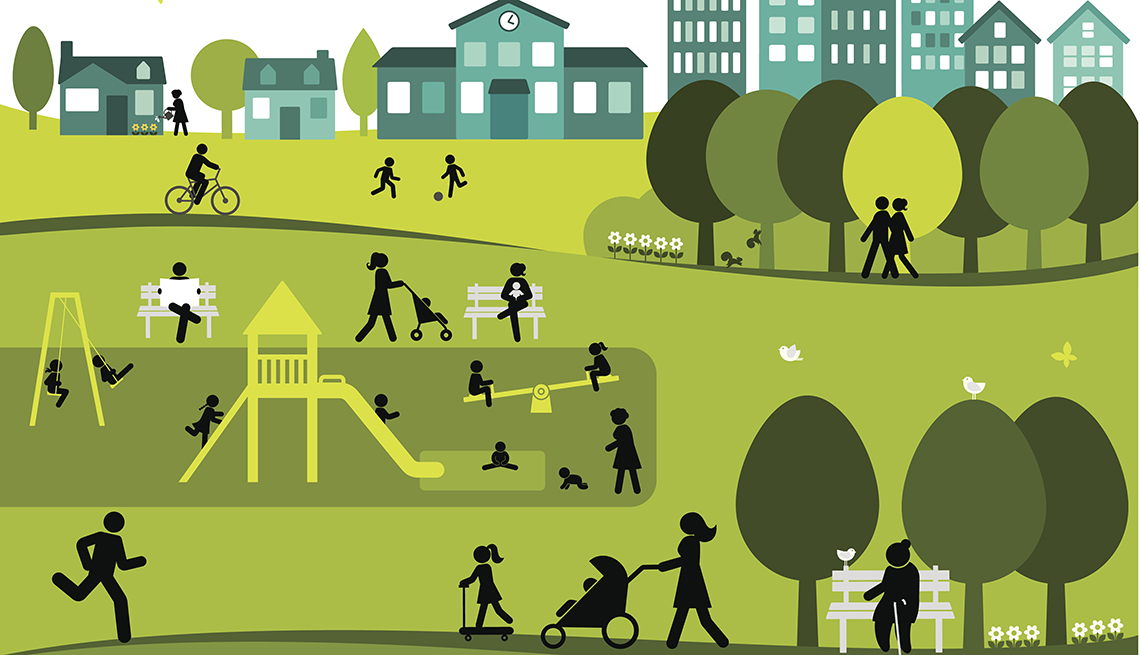AARP Hearing Center

AARP announced there are now 1,000 communities in the AARP Network of Age-Friendly States and Communities, a nationwide movement transforming how cities, towns, and counties support residents of all ages.
Achieving this milestone underscores the strong national momentum toward creating more inclusive, accessible, and age-friendly places to live. Launched in 2012, the AARP Network of Age-Friendly States and Communities helps local leaders and residents design and implement strategies that support healthy aging. Participating communities focus on key areas that shape daily life — from housing and transportation to social participation and health services.
Examples of AARP Network of Age-Friendly States and Communities driving tangible change in Idaho include: Boise, Cascade, Malad City, Meridian, Montpelier, Nampa, Oneida County, Preston and Soda Springs.
“Reaching 1,000 communities in the AARP Age-Friendly Network of States and Communities is a milestone that has real impact,” said Nancy LeaMond, AARP Executive Vice President and Chief Advocacy and Engagement Officer. “When we design our neighborhoods with aging in mind, everyone benefits. Age-friendly initiatives lead to safer streets, more affordable housing, stronger local economies and improved quality of life for people of all ages.”
Today, nearly 40% of Americans live in an age-friendly community, with many localities embedding age-friendly strategies into comprehensive plans, zoning laws, and transportation policies. The impact is clear: 97% of communities say older adults directly benefit and 63% report half or more of all residents — regardless of age — see positive outcomes.
Communities are driving real, lasting change, with 68% having successfully influenced policy changes at the local or organizational level. Top areas of measurable progress include:
- Transportation (60%)
- Communication & Information (59%)
- Outdoor Spaces & Buildings (56%)
- Social Participation (49%)
- Health & Community Services (42%)
- Housing (40%)
Additional community-wide progress includes:
- 76% have integrated age-friendly goals into master plans
- 44% have updated zoning/land use to support diverse housing needs
- 45% have advanced age-friendly transportation planning
- 43% have incorporated public health or climate resilience into their work































































